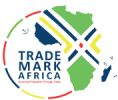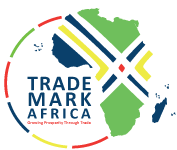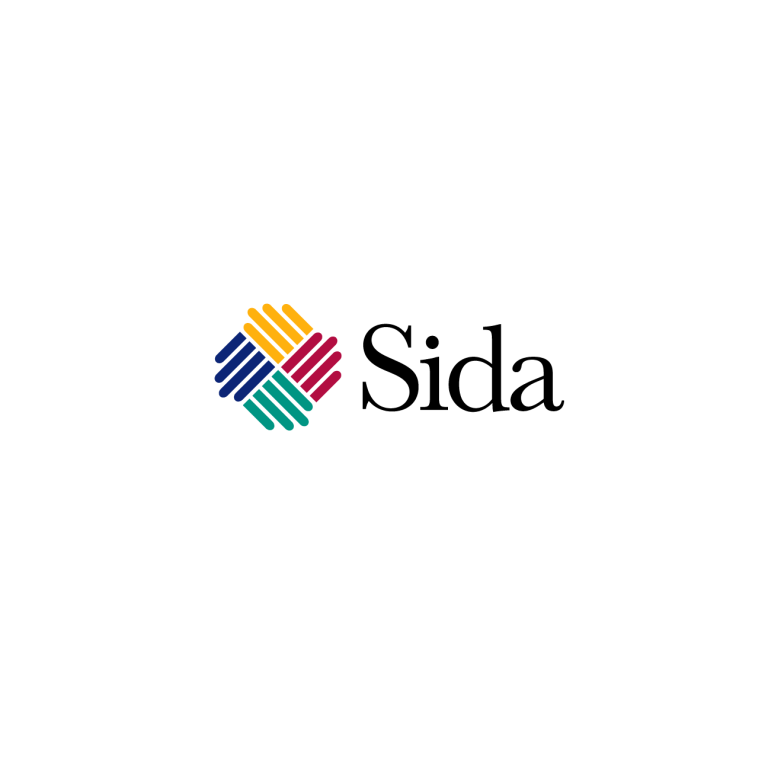There are huge gaps at the border between Uganda and Rwanda. They are not the tortuous hilltop roads smugglers pass to avoid customs officers and police. They are not the holes in the chain-link fencing between the two Partner States.
They are the blind spots in the knowledge of ordinary people in how the East African Community (EAC) is changing their lives. But with active support of officials on both sides of the frontier, and the Dutch NGO Microjustice4All and TradeMark Africa’s (TMA) US$ 500,000 backing, those gaps are being filled in.
Simon Tumwesigye of the Uganda Revenue Authority comes face to face with the gaps every working day and he is grateful that Microjustice4All is working both sides of the Katuna/Gatuna border to enlighten ordinary people as to their rights and obligations.
“Ordinary people believe what their Presidents say on Radio or TV; they say there will be freedom of movement for goods and people thanks to the (East African) Community. So people turn up here expecting to pay nothing in taxes or customs duties at all.”
“They have no idea that they have to pay VAT or withholding tax or whatever applies. But thanks to Microjustice4All, we have people on the ground to explain to them, and they do a great job,” he says.
It’s a year-long pilot project, for now, to ensure that “people understand how the EAC affects them, especially people who live at the border, the small traders, the border communities who were here long before the EAC was re-launched (in 2000),” says Microjustice facilitator Alice Angwech.
The EAC project is underpinned by the “Four Pillars” of Customs Union, a Common Market, Monetary Union and Political Integration but at the grassroots level here in Gatuna, it’s much less grandiose matters that furrow the brows of those crossing the frontier.
“We have offices on both sides of the border to help people in so many areas: they need to understand how much tax they are expected to pay on goods taken across the border; they need to understand what paperwork they need – certificates of origin and that sort of thing. It’s about basics, but many people don’t know what the basics are,” says Angwech.
Taxes and tariffs for the truckers plying the border are defined clearly in an EAC book of agreed tariffs – but it is people crossing by foot or by communal taxi, bus or car who form Microjustice4All’s clientele. Many of them are would-be smugglers.
People use secret roads in the hills to avoid declaring anything,” says Angwech. “We try to talk to them, to explain to them how much tax they will have to pay. They have no idea and are often surprised how small the amount is.”
The two small Microjustice4All offices are like the Citizens Advice Bureaus that exist in the European Economic Community. “We are teaching people what their rights are and what their duties are too,” says Christine Mukagovaku, another Microjustice4All facilitator.
This includes getting “gate passes” at the border for refugees from the turmoil in the Democratic Republic of Congo, ensuring that school children have the right paperwork to study in the neighbouring country, helping people get birth certificates, identity cards – the whole bureaucratic maze of integration at the grassroots level.
“Why I think the work of Microjustice4All is so important is that it is a practical way to make the Common Market Protocol a reality for people on the ground who may not be aware of their rights and what they are entitled to,” says Mark Priestley, TradeMark Africa (TMA) Rwanda Country Director.
Microjustice4All logs and tallies its interventions, which read like the work sheets of small town lawyers: “Freedom of movement – 137 clients; issues: loss of Identification documents (7 clients), unawareness of need to possess valid identification documents (63 clients) and travel documents (44 clients).”
“We are glad they (Microjustice4All) are here,” says Tumwesigye. “We turn to them. We tell them if you don’t believe that you have to pay withholding tax or VAT, go ask Microjustice4All. And they do. And then they come back and pay what they have to. It’s a system that works.”















